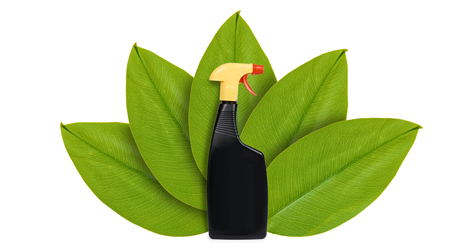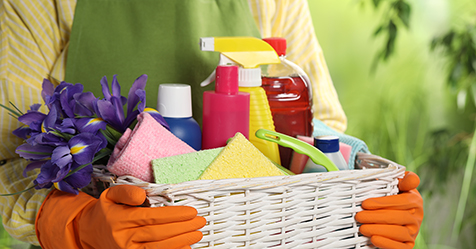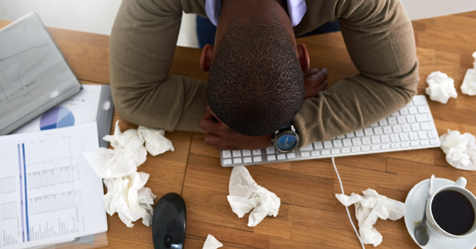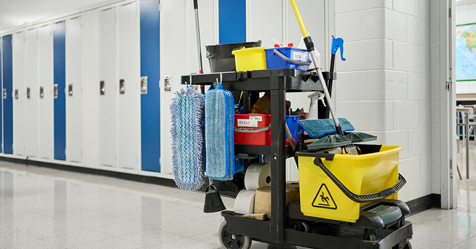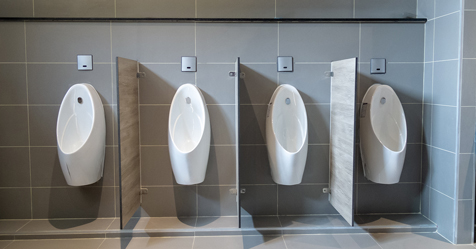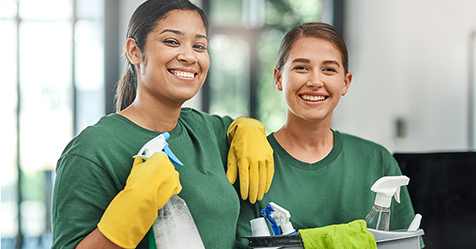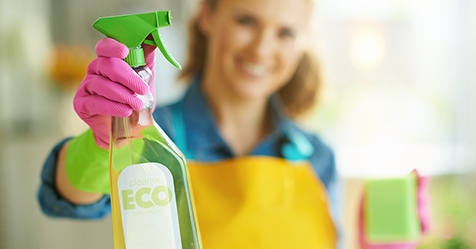Walk the Building, Win the Client
Facility Management
In this episode of Straight Talk!, we’re joined by Jeff Carmon, business coach and consultant with Elite BSC, for a deep dive into one of the most underrated skills in commercial cleaning and facility services: Making a strong first impression during a facility tour.
Video

